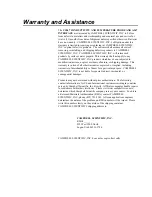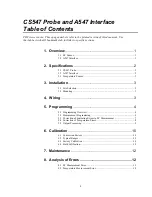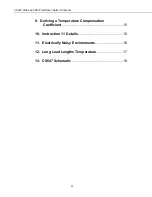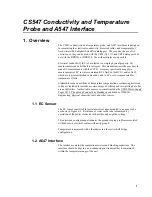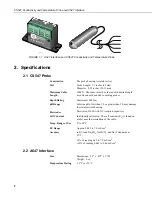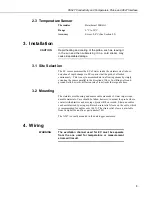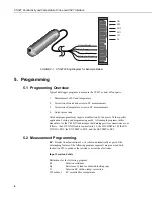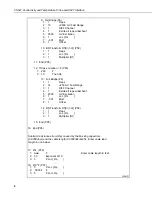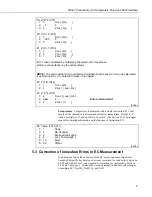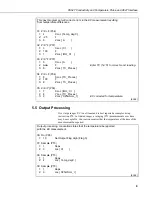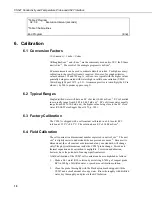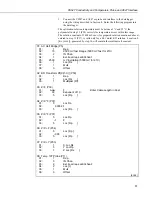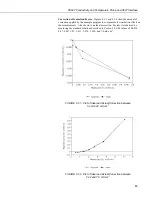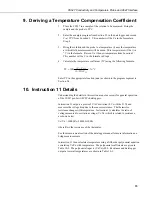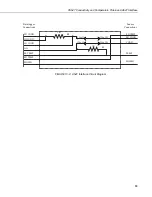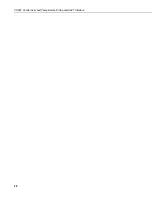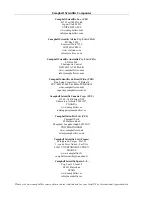
CS547 Conductivity and Temperature Probe and A547 Interface
10
*Table 2 Program
02: 0.0
Execution Interval (seconds)
*Table 3 Subroutines
End Program
(End)
6. Calibration
6.1 Conversion Factors
1 S (Siemens) = 1 mho = 1/ohm
Although mS·cm
-1
and
µ
S·cm
-1
are the commonly used units of EC, the SI base
unit is S·m
-1
. The result of the example programs is mS·cm
-1
EC measurements can be used to estimate dissolved solids. For high accuracy,
calibration to the specific stream is required. However, for rough estimates,
values between 550 and 750 mg·l
-1
/ mS·cm
-1
are typical with the higher values
generally being associated with waters high in sulfate concentration (USGS
Water-Supply Paper #1473, p. 99). A common practice is to multiply the EC in
mS·cm
-1
by 500 to produce ppm or mg·l
-1
.
6.2 Typical Ranges
Single distilled water will have an EC of at least 0.001 mS·cm
-1
. ECs of melted
snow usually range from 0.002 to 0.042 mS·cm
-1
. ECs of stream water usually
range from 0.05 to 50.0 mS·cm
-1
, the higher value being close to the EC of sea
water (USGS Water-Supply Paper 1473, p. 102).
6.3 Factory Calibration
The CS547 is shipped with a cell constant calibrated in a 0.01 molal KCl
solution at 25.0°C ±0.05°C. The solution has a EC of 1.408 mS cm
-1
.
6.4 Field Calibration
The cell constant is a dimensional number expressed in units of cm
-1
. The unit
cm
-1
is slightly easier to understand when expressed as cm·cm
-2
. Because it is
dimensional, the cell constant as determined at any one standard, will change
only if the physical dimensions inside the CS547 probe change. Error due to
thermal expansion and contraction is negligible. Corrosion and abrasion,
however, have the potential of causing significant errors.
A field calibration of the CS547 cell constant can be accomplished as follows:
1.
Make a 0.01 molal KCL solution by dissolving 0.7456 g of reagent grade
KCl in 1000 g of distilled water, or purchase a calibration solution.
2.
Clean the probe thoroughly with the black nylon brush shipped with the
CS547 and a small amount of soapy water. Rinse thoroughly with distilled
water, dry thoroughly, and place in the KCl solution.


